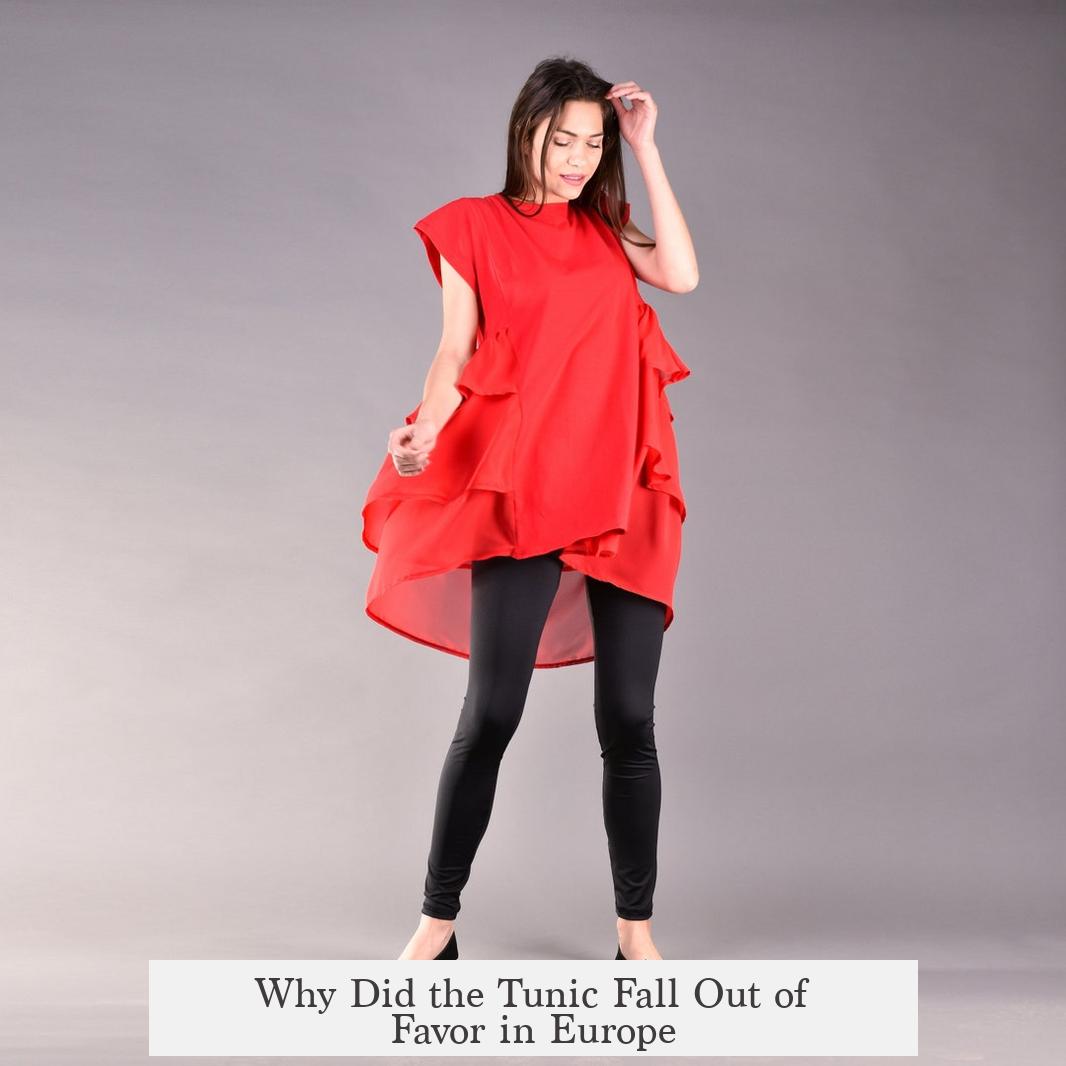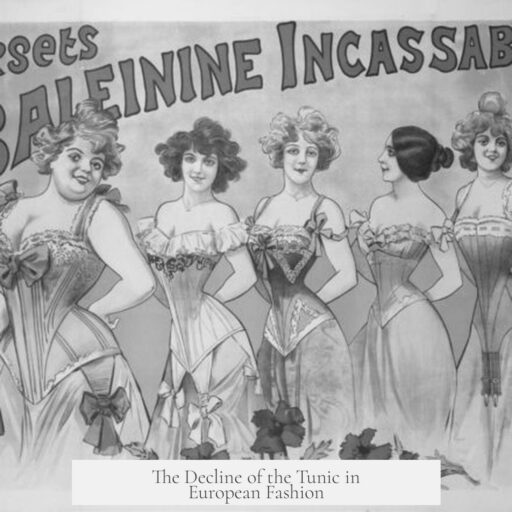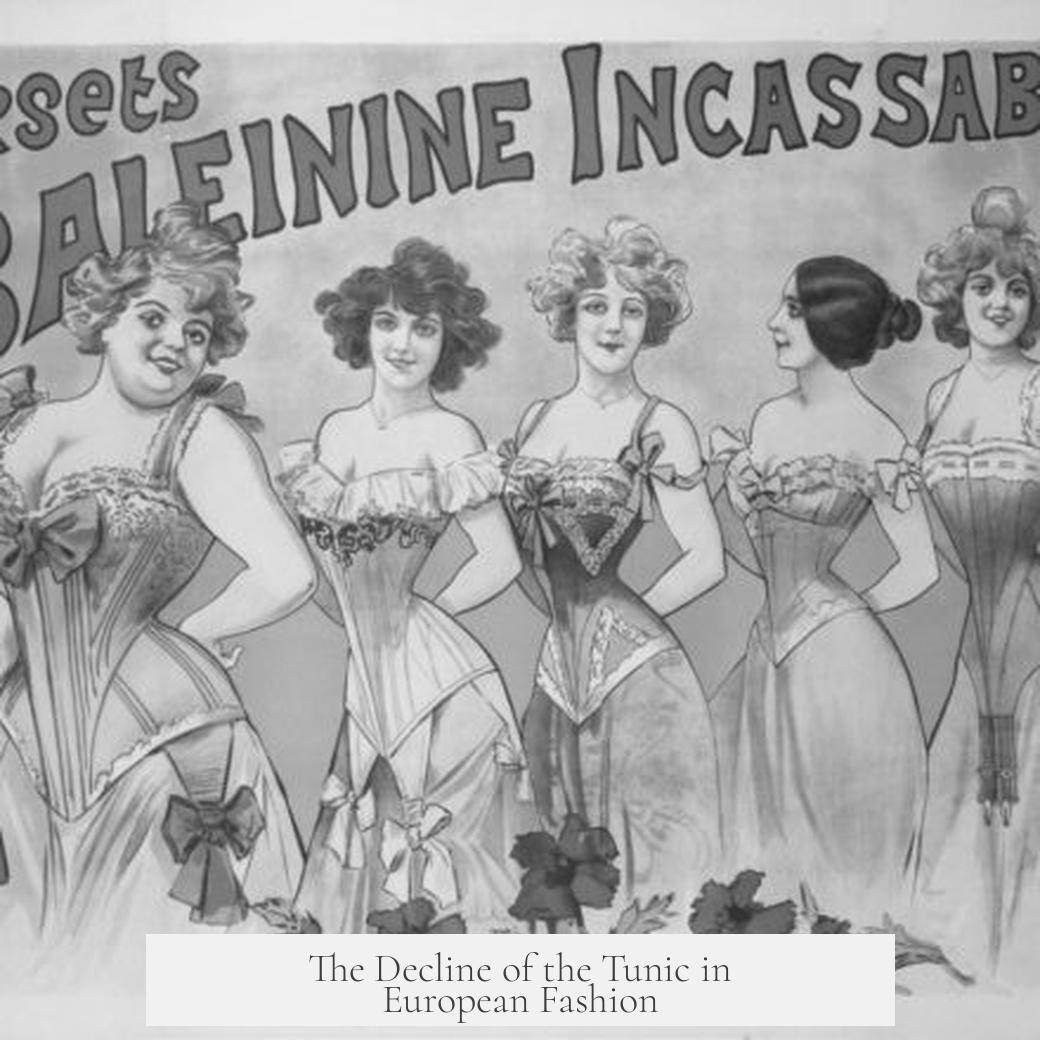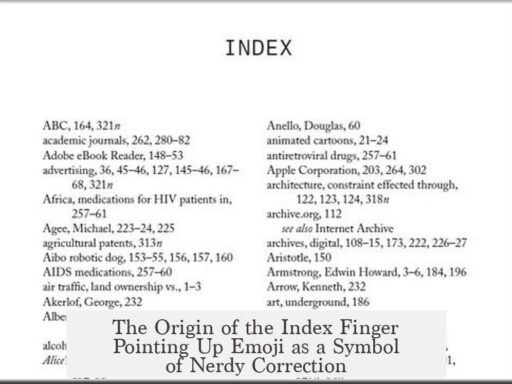The tunic fell out of favor in Europe primarily because of a broad shift to fitted clothing styles that began in the late tenth century. This trend toward body-hugging garments, especially among the wealthy and fashionable, marked a departure from the loose, flowing tunics that had dominated earlier fashion. The change reflected evolving standards of beauty, socio-economic pressures, and cultural shifts influencing dress codes and gender norms.
The transition started in late tenth-century France with the rise of the bliaut, a tightly fitted gown or tunic worn by young, wealthy individuals. This garment was made of expensive fabric and tailored tightly at the waist to create horizontal wrinkles, emphasizing the body’s shape rather than concealing it. The appeal of the bliaut highlighted a pivot towards garments ‘well-cut through the body,’ focusing on aesthetics and visual allure rather than pure function or practicality.
This new style remained influential until the mid-twelfth century. Over time, however, the bliaut shifted from everyday wear to formal court dress. At this point, loose tunics regained popularity among the wealthy as casual or common attire, paralleling their continuous use by the lower classes. But by the mid-fourteenth century, fitted clothing once again became the norm, further cementing the decline of the loose tunic in mainstream European fashion.
Underlying these stylistic changes was a fundamental change in societal ideals of beauty and allure. Scholars like Christina Frieder Waugh note a shift from valuing practicality and athleticism to emphasizing showiness and aesthetic appeal. This altered standard of beauty rewarded garments that accentuated the body’s contours rather than obscured them.
Socioeconomic factors also played a critical role. New inheritance laws increasingly disadvantaged younger sons, pushing them to compete for wealthy brides through personal charm and physical appeal rather than economic means alone. At the same time, noblewomen, whose political influence diminished, found personal beauty a way to maintain social power and influence. Fashion thus became a tool within social and economic struggles, with fitted clothing symbolizing status, desirability, and control.
Literature of the time reflected and reinforced these ideals, as descriptions began focusing on the entire body rather than just the face. The phrase “slender at the beltline” became a literary cliché, indicating the widespread preference for narrow waists and lithe forms. It is possible that some people wore tightly laced gowns or belts to change their body shapes, although direct evidence remains limited.
Religious authorities often criticized fitted clothing on moral and gender grounds. They expressed particular concern about the “femininity” of male versions of the bliaut. Unlike earlier tunics that reached above the knee, men’s fitted garments in this period were longer and featured flared sleeves, which some critics saw as blurring gender distinctions and promoting immoral vanity.
Furthermore, fitted tunics like the bliaut were exclusive and costly. The expense of fabric, the abundance required to create complex pleating and lacing, and the impracticality of long trailing sleeves or flowing hair limited these garments to elite classes. Such fashion represented wealth but also restricted access, preventing broader adoption of the style and eventually contributing to fluctuations in its popularity.
| Factor | Impact on Tunic Popularity |
|---|---|
| Transition to fitted garments | Shift away from loose tunics toward tailored bliauts emphasizing body shape |
| Changing beauty ideals | Preference for ‘showy’ and aesthetic clothing over practical, loose garments |
| Socioeconomic pressures | Competition for marriage and power encouraged fashionable, body-conscious dress |
| Religious and moral criticism | Concerns about gender norms and modesty challenged new styles |
| Cost and exclusivity | Expensive fabrics and labor limited widespread use |
| Fashion cycles | Loose tunics briefly returned before fitted styles permanently dominated |
Overall, the tunic fell out of favor because of changing fashion preferences toward fitted, body-revealing garments and evolving social dynamics in medieval Europe. It gradually lost its everyday status, held court prestige temporarily, and returned briefly before yielding permanently to tailored clothing. Factors such as aesthetic shifts, social competition, and exclusivity shaped this transformation.
- The tunic’s decline ties to late medieval shifts favoring fitted, body-conscious clothing.
- Fashion changes reflected new ideals of beauty emphasizing slim waists and allure.
- Socioeconomic shifts pressured individuals to use appearance as a form of power.
- Religious objections focused on concerns about gender norms and modesty.
- Cost and garment complexity restricted the fitted garments to elites.
- The loose tunic briefly re-emerged but was ultimately replaced by fitted styles.
Why Did the Tunic Fall Out of Favor in Europe?

The tunic, once a staple of European dress, lost its widespread appeal due to shifting tastes toward fitted clothing, new beauty standards, and socioeconomic pressures that changed how people presented themselves from the late 10th century onward.
At first glance, the humble tunic seems timeless—simple, loose, and practical. But by late tenth-century France, a significant style revolution took place. Fashion-forward young nobles began ditching the boxy tunic for the bliaut, a gown or tunic pulled tight at the waist. This wasn’t just about a better fit; it was a statement. The bliaut clung close to the body, creating horizontal wrinkles that screamed “look at me.”
This fitted style contrasted sharply with the loose garments that had dominated for centuries. The change wasn’t isolated or random—it aligned with a broader cultural shift away from valuing practicality and athleticism toward prioritizing aesthetic appeal. Christina Frieder Waugh’s research, published in Dress (1999), notes that this new trend mixed clothing with social signaling. It wasn’t enough to dress simply; you had to dress to impress, and tight, well-cut clothes fit that bill.
But why the shift toward fitness in clothing? One cause ties to social and economic changes. New inheritance laws in medieval Europe left many younger sons without land or wealth. Without money, these men had to compete for status and marriage prospects through other means—namely, *appearance* and charm. Both men and women strategically used beauty as a tool to gain power or maintain influence.1
Interestingly, this era saw a rise in the literary focus on whole-body beauty. Previously, physical attractiveness in literature centered mainly on facial features, but now a slender waist and lithe body became frequent praises. People might have even worn tight belts or garments to shape their bodies accordingly—talk about early shapewear! The emergence of this ideal body image undoubtedly pressured individuals to move away from the loose tunic and toward more form-fitting clothing that accentuated these prized features.
As fitted fashion grew, the loose tunic was relegated to a more formal, courtly role before slipping away from everyday wear, especially among the wealthy. By the mid-fourteenth century, fitted clothing styles regained full dominance, virtually pushing the old tunic aside for good.
Religious authorities and critics, however, were not fans of this trend. They bemoaned the “blatant sex appeal” of fitted garments. More alarmingly, men’s adoption of tunics (bliauts) with longer lengths and flared sleeves—a feminized silhouette—troubled them greatly. The tunic before the fitted bliaut was longer and looser, whereas the newer styles blurred traditional masculine and feminine boundaries. The church’s critiques tried to reassert norms, but fashion marched on, dismissive as always of moral policing.
It is important to note that this shift was largely driven by wealth and exclusivity. The fabrics needed for bliauts were expensive, the tailoring complex, and the styles impractical for rigorous daily labor. Trailing sleeves and flowing hairstyles, signature elements of the new fashion, were hardly suited to the rough life many faced. These clothes marked social status—that not everyone could afford. In stark contrast, the tunic stayed popular among the lower classes precisely because it was practical and affordable.
Let’s finish with a quick summary of practical implications: the decline of the tunic tells us something important about how fashion reflects society. Clothes respond to cultural values, economic shifts, gender dynamics, and social competition. As the definition of beauty changed, so did the clothes people wore. The tunic fell out of favor because it did not showcase the lithe, tailored ideal that became the new symbol of status and allure.
“Fashion is the armor to survive the reality of everyday life.” – Bill Cunningham
So, next time you slip into a loose tunic or a tight shirt, remember the centuries of cultural change packed into those seams. Were men and women in medieval France just vain? Or were their choices a clever survival tactic in a competitive social game? Fashion is never just about looks—it’s a battlefield with buttons and belts.
References
- Waugh, Christina Frieder. “Well-Cut through the Body: Fitted Clothing in Twelfth-Century Europe.” Dress, 1999.
- Study of medieval inheritance laws and social structure (general historical consensus).




